Dasylirion Delights: 19 Types and Their Care Secrets
Get ready to explore the fascinating world of Dasylirion plants! These striking plants will captivate you with their unique, pineapple-like appearance and impressive size. Whether you’re a seasoned gardener or just starting out, Dasylirion plants are sure to become a new favorite.
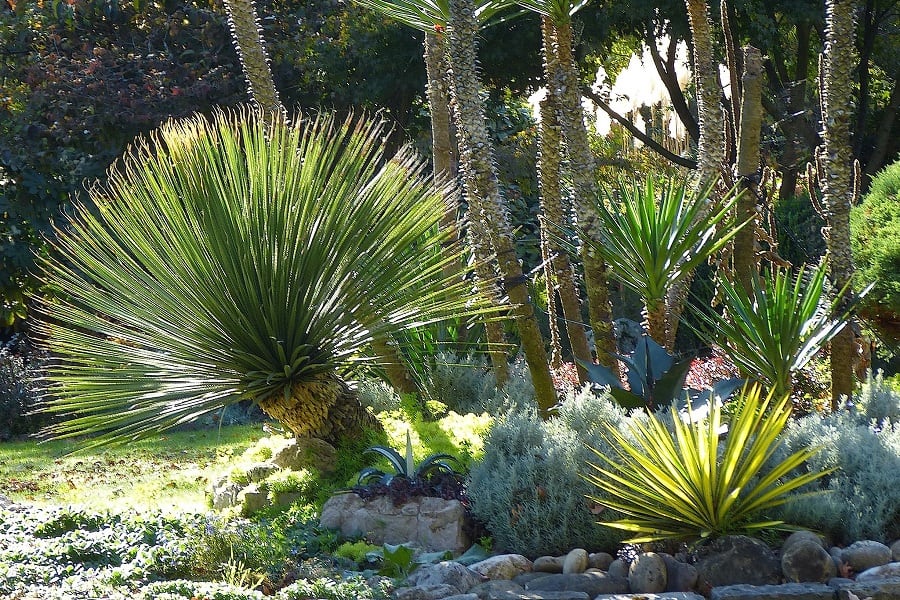
Contents
- 1 About Dasylirion Plants
- 2 Types of Dasylirion Plants
- 2.1 Dasylirion acrotrichum (Great Desert Spoon)
- 2.2 Dasylirion berlandieri
- 2.3 Dasylirion cedrosanum
- 2.4 Dasylirion gentryi
- 2.5 Dasylirion glaucophyllum
- 2.6 Dasylirion graminifolium
- 2.7 Dasylirion leiophyllum (Smooth Sotol)
- 2.8 Dasylirion longissimum (Toothless Sotol)
- 2.9 Dasylirion longistylum
- 2.10 Dasylirion micropterum
- 2.11 Dasylirion miquihuanense
- 2.12 Dasylirion occidentalis
- 2.13 Dasylirion palaciosii
- 2.14 Dasylirion parryanum
- 2.15 Dasylirion quadrangulatum
- 2.16 Dasylirion sereke
- 2.17 Dasylirion serratifolium
- 2.18 Dasylirion texanum (Texas Sotol)
- 2.19 Dasylirion wheeleri (Wheeler Sotol)
- 3 How to Grow and Care For Dasylirion
- 4 Propagating Dasylirion Plants
- 5 FAQs
About Dasylirion Plants
Native to the deserts of North America, Dasylirion plants are semi-succulents related to the Agave family. They’re known for their dense, rosette shape and long, silver-blue leaves that can reach up to 12 feet in height and width! Over time, these plants develop a short, trunk-like structure with dark red margins and sharp teeth, giving them a truly distinctive look.
Despite their spiky appearance, Dasylirion plants are a delight to grow. Their natural shape means minimal pruning is required, and when mature, they produce tall, spiky flowers that can reach up to 45 feet tall! Imagine the wow factor these beauties will add to your outdoor space.
But that’s not all! Dasylirion plants are incredibly hardy and drought-resistant, making them perfect for hot, dry climates. With their slow growth rate and long lifespan (some can live over 150 years!), these plants are a true investment in your garden.
Now, let’s dive into the different types of Dasylirion plants and how to care for them.
Types of Dasylirion Plants
Dasylirion acrotrichum (Great Desert Spoon)
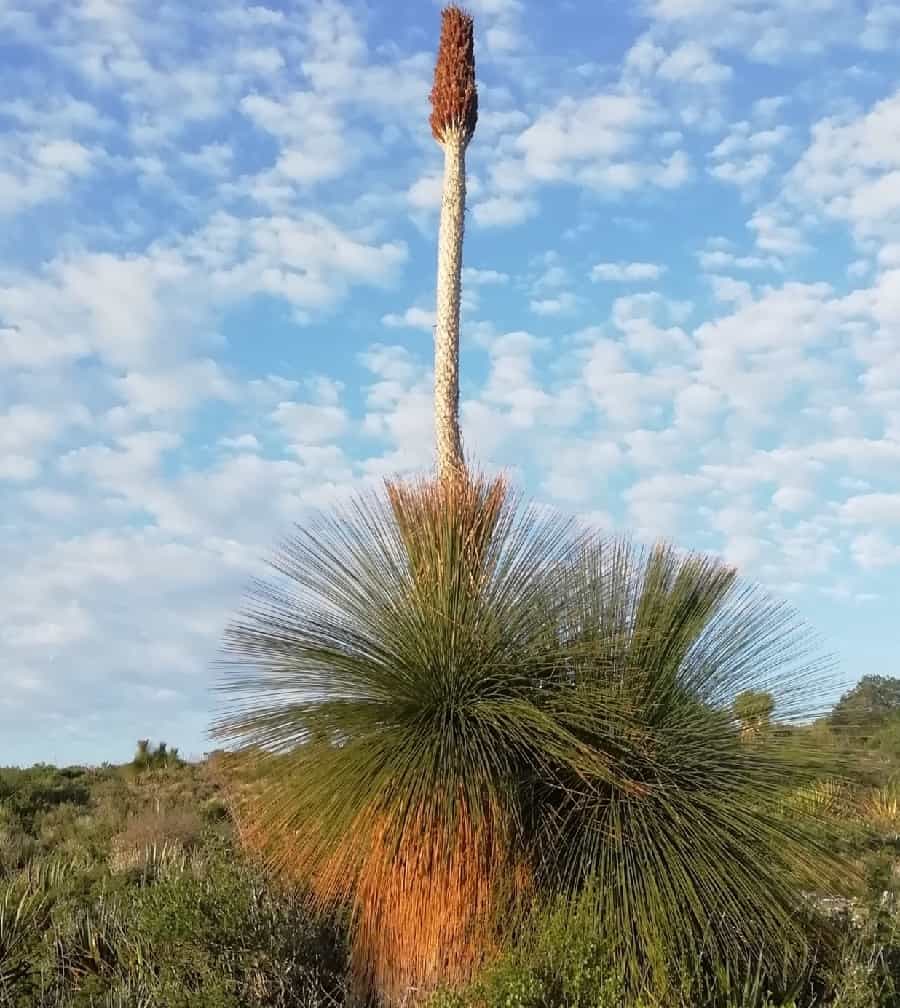
Dasylirion berlandieri
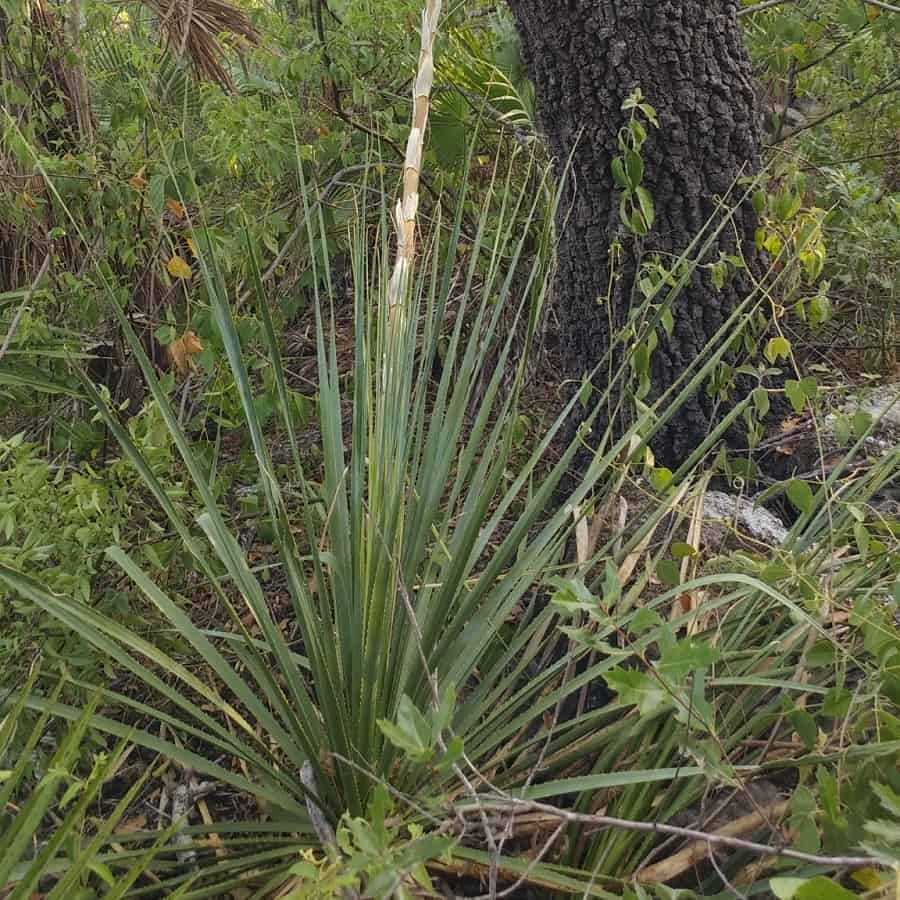
Dasylirion cedrosanum
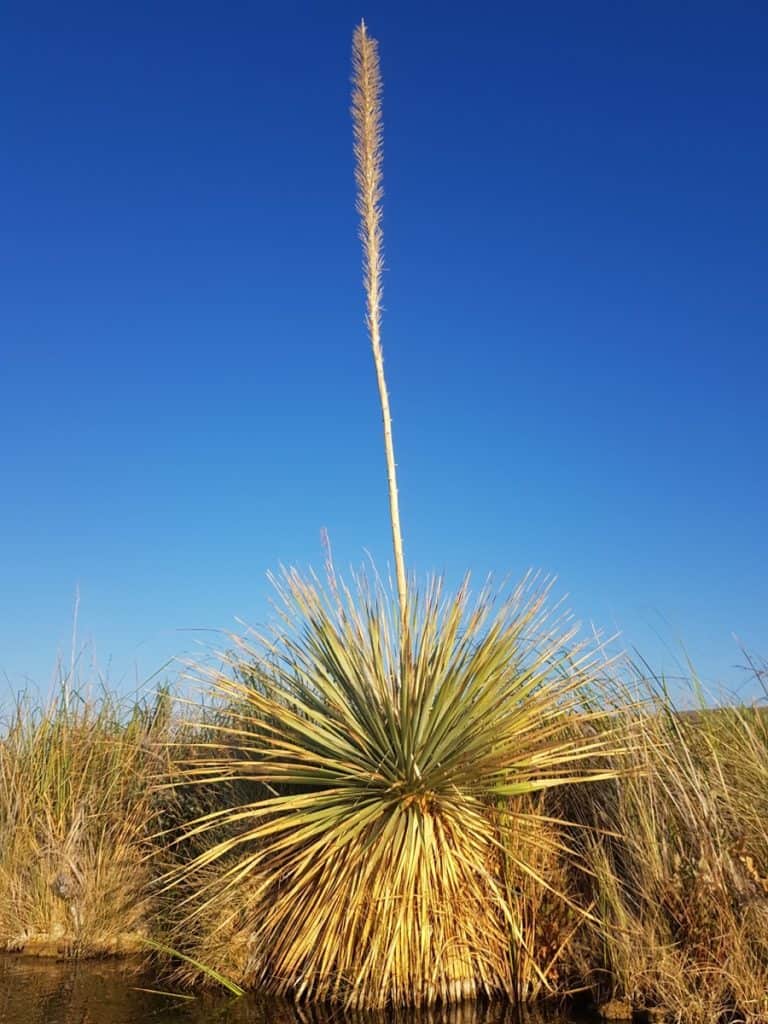
Dasylirion cedrosanum is a beautiful robust, perennial, evergreen plant from Northern Mexico, similar to Dasylirion wheeleri although the leaves may be slightly wider. The rosettes are for many years stemless, but old specimens may form a short, stocky trunk topped by a spectacular, broom of countless leaves and showing a graceful symmetry. Sometimes a plant has more than one trunk. Withstanding intense drought, they can live more than 150 years.
Dasylirion gentryi
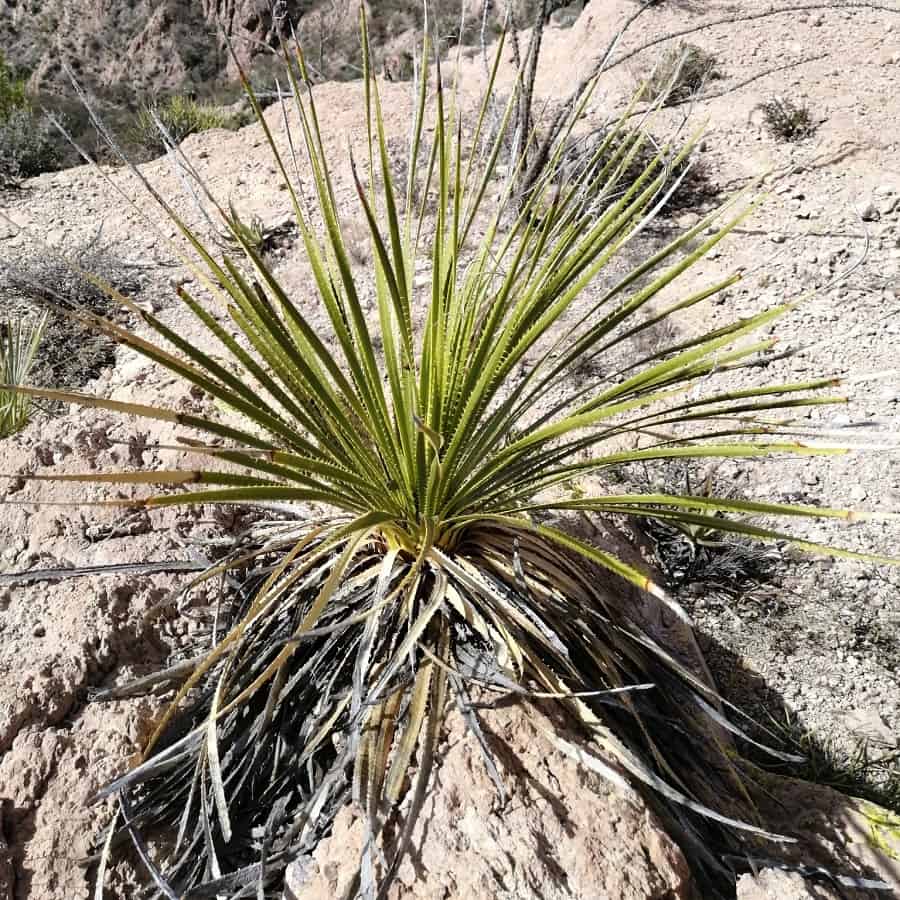
Dasylirion glaucophyllum
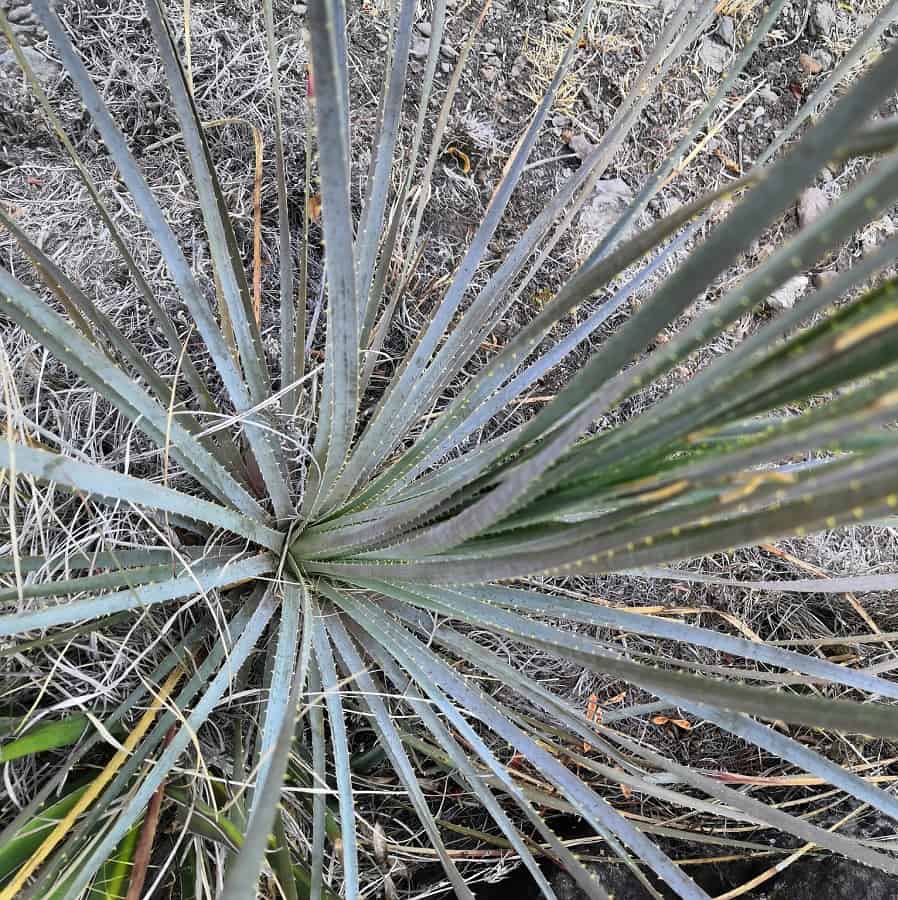
Dasylirion graminifolium
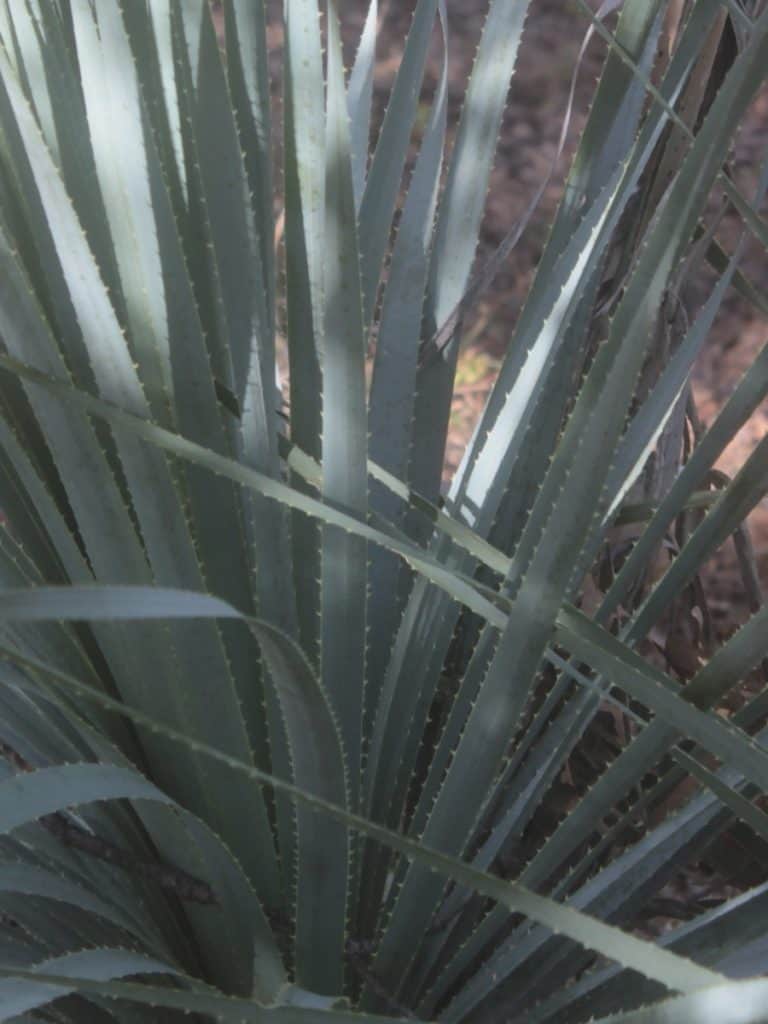
Dasylirion leiophyllum (Smooth Sotol)
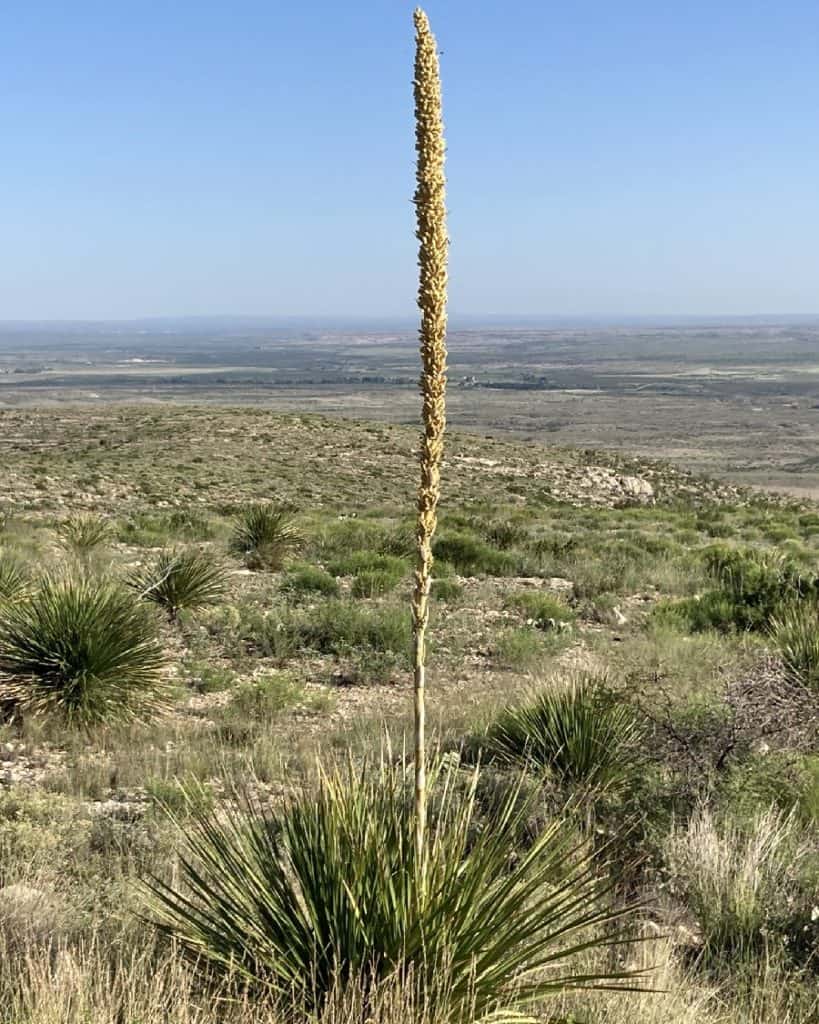
Dasylirion longissimum (Toothless Sotol)
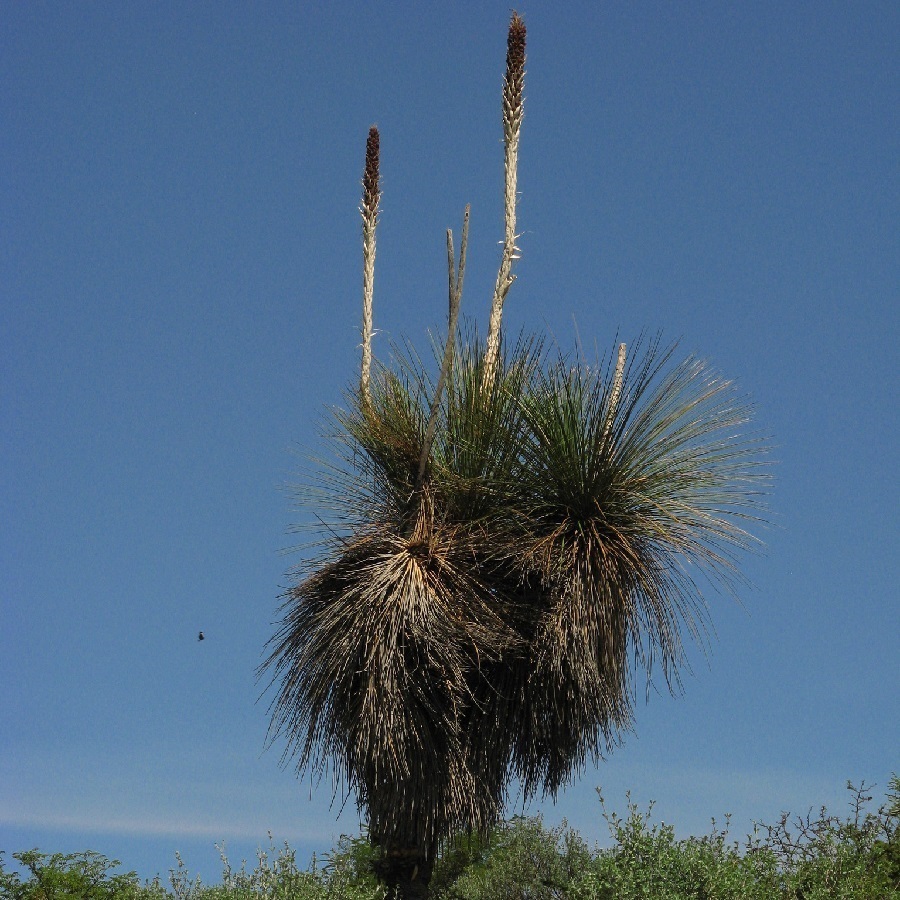
The Dasylirion longissimum is a slow-growing durable evergreen shrub that looks like a miniature palm with a large fountain-like clump of very stiff grassy leaves, eventually forming (after many many years) a solitary trunk, most resembling the genus Xanthorea, the grass trees of Australia. (completely unrelated, though) Even the flower spikes look similar. This appearance makes it very easy to identify. Withstanding intense drought, they can live more than 150 years. It is possibly the most beautiful “sotol”.
Dasylirion longistylum
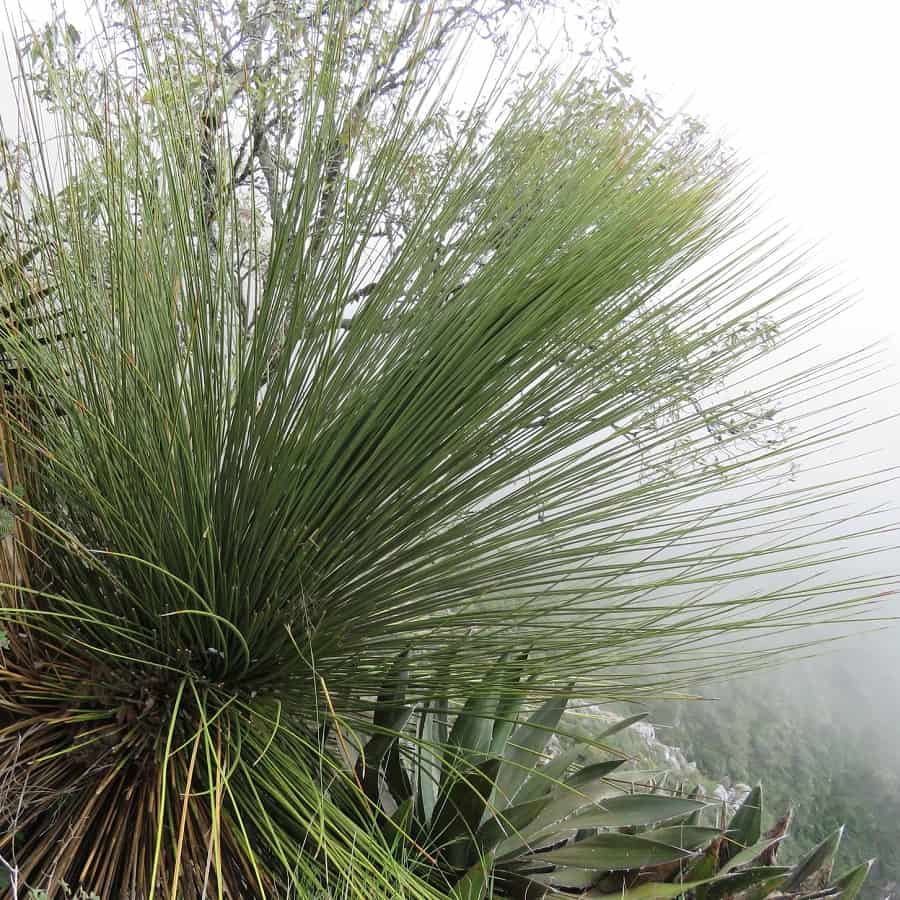
Dasylirion micropterum
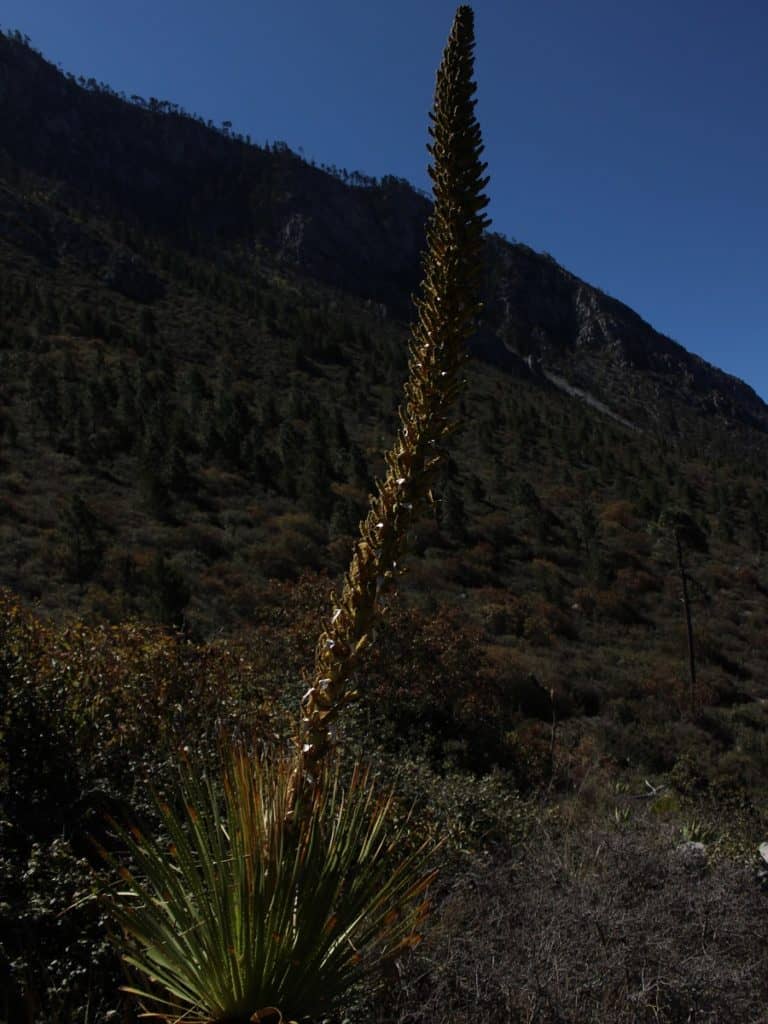
Dasylirion miquihuanense
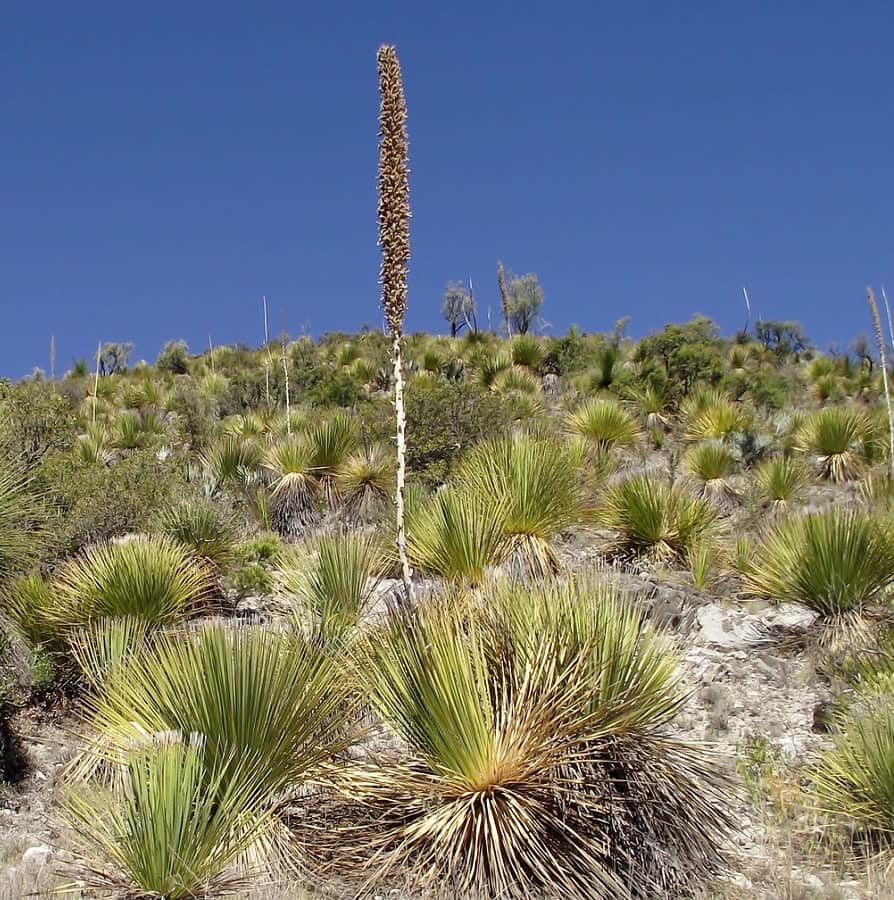
Dasylirion occidentalis
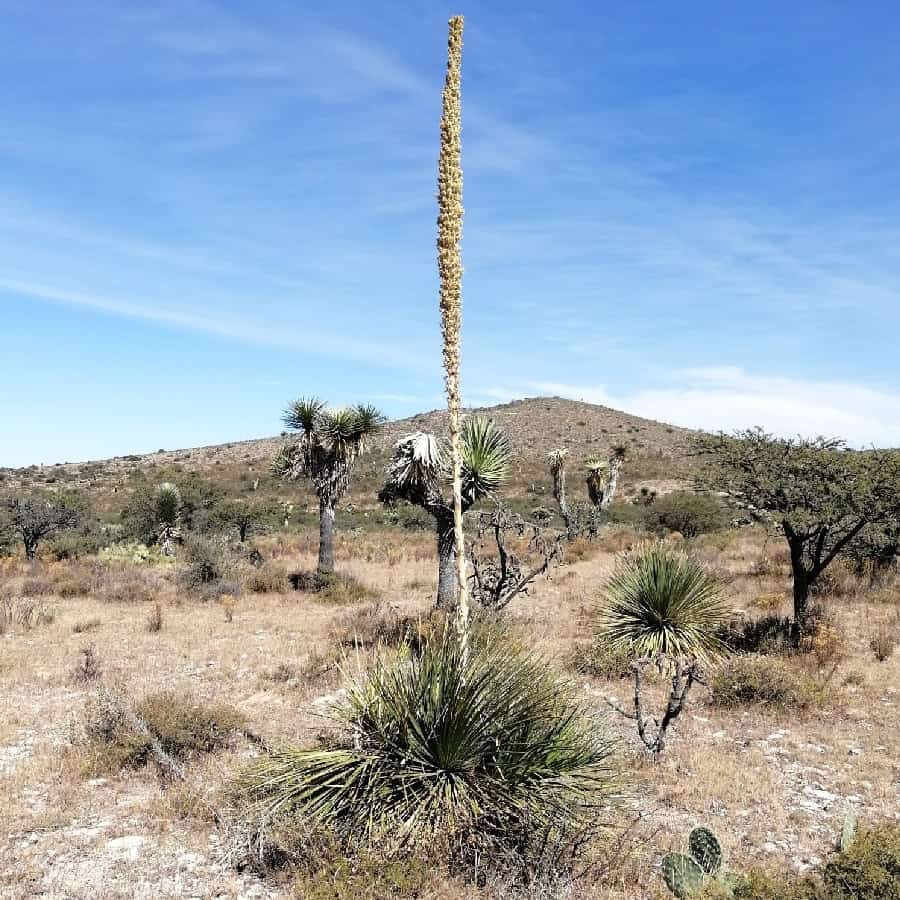
Dasylirion palaciosii
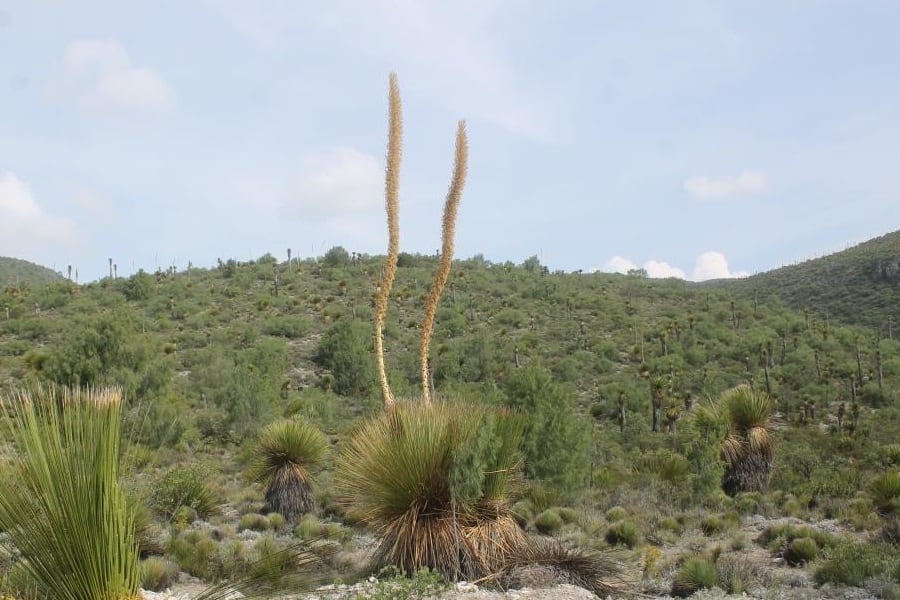
Dasylirion parryanum
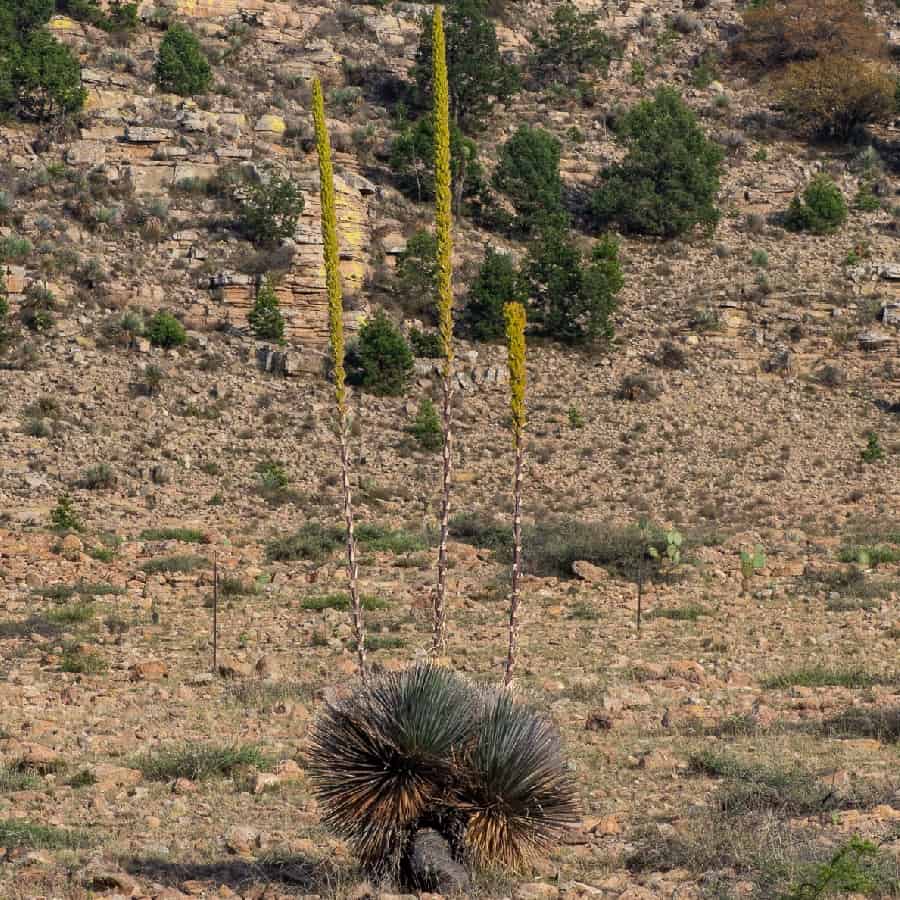
Dasylirion quadrangulatum
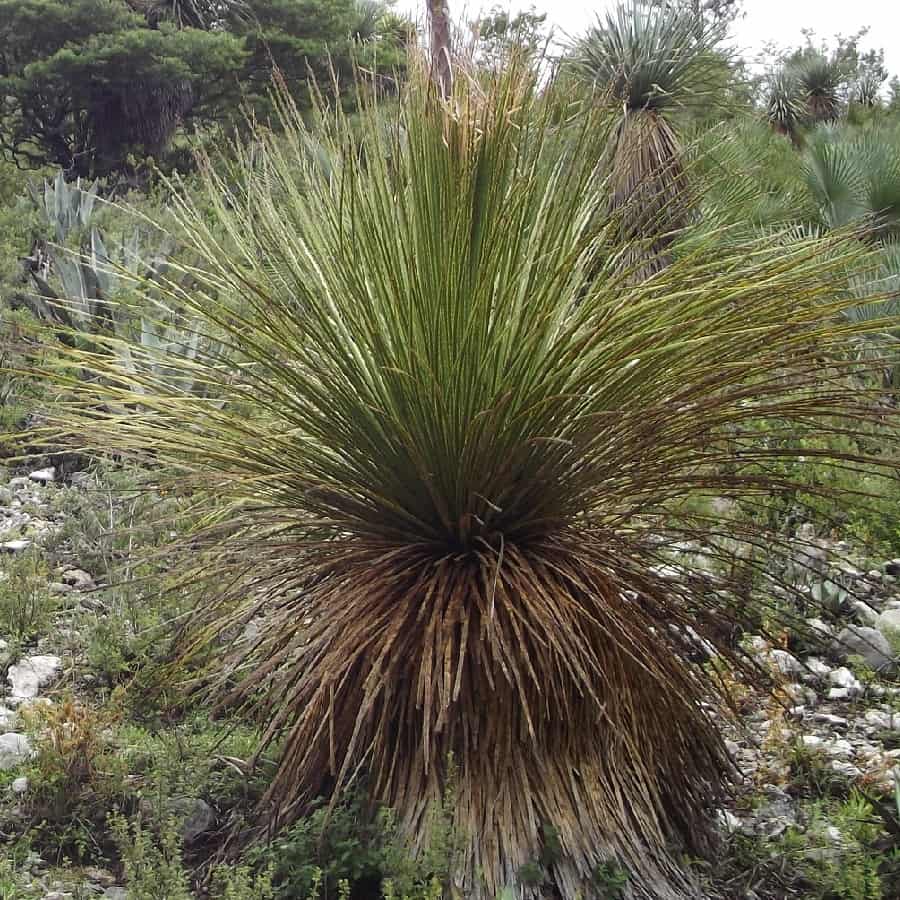
Dasylirion sereke
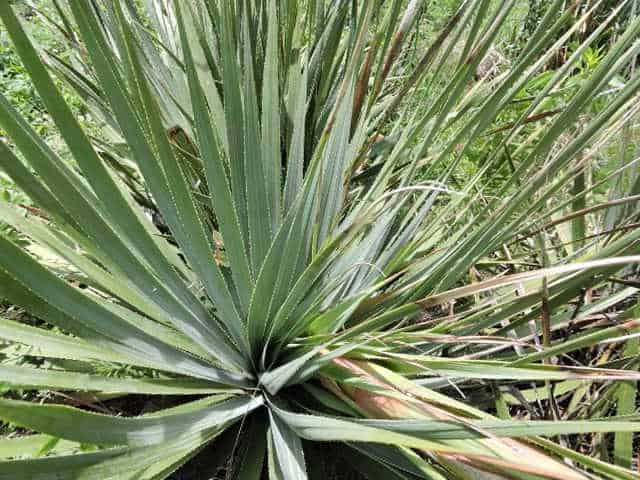
Dasylirion serratifolium
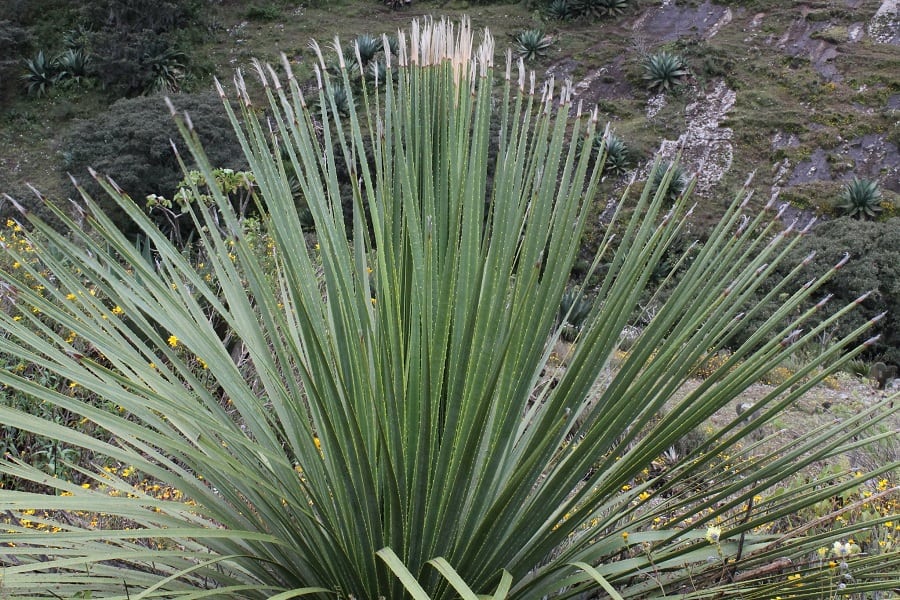
Dasylirion serratifolium is a subacaulescent Yucca-like plant that forms dense hemispherical rosettes of leaves up to 3 to 6 feet in height and diameter. These rosettes are perfectly symmetrical. The leaves are narrow, prominently serrate, and armed with flexible prickles. The tips of which are fanned out to wide brushes.
Dasylirion texanum (Texas Sotol)

Dasylirion wheeleri (Wheeler Sotol)
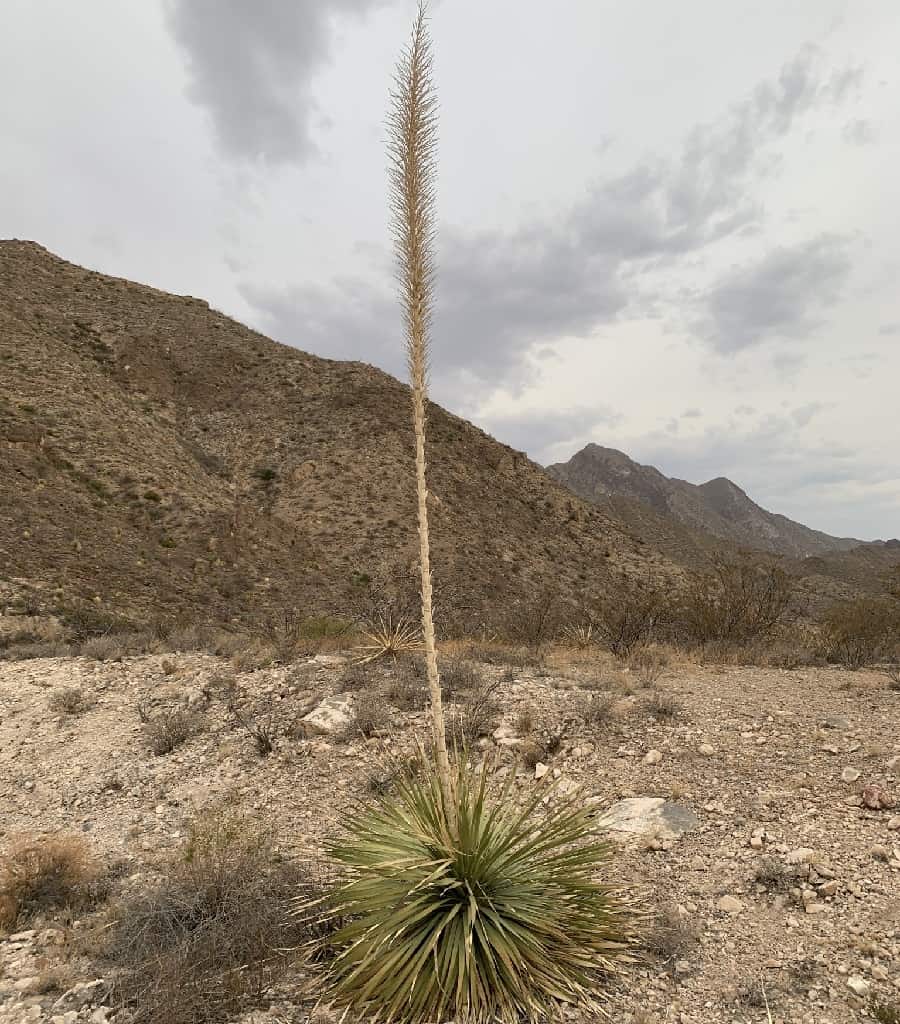
The Dasylirion wheeleri is a moderate to slow-growing mounding evergreen shrub. The grass-like succulent leaves radiate from the center of the plant’s apex in all directions.
Related Post:
1,000 Types of Succulents with Pictures
How to Grow and Care For Dasylirion
Light
These sun-lovers thrive in full sunlight and can even handle a bit of reflected heat. While they can tolerate some shade and humidity, aim for at least 6 hours of direct, bright sunlight each day.
Water
As desert plants, Dasylirion succulents have excellent drought tolerance. During the summer, water them every couple of weeks until they’re established. In winter, reduce watering to once every 2-4 weeks or once a month, depending on your climate. Always water at the base, avoiding the crown to prevent rot.
Soil
Well-draining soil is essential for these semi-succulents. Use a porous potting mix or garden loam with good drainage. Avoid planting near the ocean, as Dasylirion plants have low salt tolerance.
Fertilizer
Once established, Dasylirion succulents can grow well without additional fertilizers. However, you can give them a boost with a balanced fertilizer in spring, their growing season.
Climate
Dasylirion succulents thrive in hot, dry climates. They can tolerate temperatures up to around 100°F but may experience stress above that. Likewise, temperatures below 50°F can also cause stress.
Propagating Dasylirion Plants
The best way to propagate these plants is by cultivating seeds, although this process takes longer for germination and establishment. An easier method is propagating through cuttings:
- Take a cutting from a mature Dasylirion plant, making sure to include a piece of the trunk or stem.
- Allow the cutting to callus over for a few days by letting the cut end dry out.
- Dip the calloused end in a rooting hormone powder.
- Plant the cutting in a well-draining potting mix.
- Water sparingly, allowing the soil to dry between waterings.
- Once roots have developed, you can transplant your new Dasylirion into its permanent location.
FAQs
How do you pronounce Dasylirion?
The name Dasylirion might look a little tricky, but it’s actually pronounced pretty much how it’s spelled: “daz-ee-leer-ee-un.” Easy peasy!
Why are they called “Desert Spoons?”
These succulents earned their cool nickname because of their unique shape. The base of the plant curves inward, creating a spoon-like impression. Plus, the short, stubby trunk in the middle gets covered by a bunch of dead leaves, adding to that spoon-y look.
How often does a desert spoon bloom?
Get ready for a stunning floral display! Desert Spoon succulents typically start blooming in late December, with the show continuing throughout spring. If you want to extend the blooming period, you can snip off the flower stalks after they’ve opened. Just keep in mind that these stalks are a big attraction for hummingbirds and bees, so you may want to leave some for the pollinators to enjoy.
